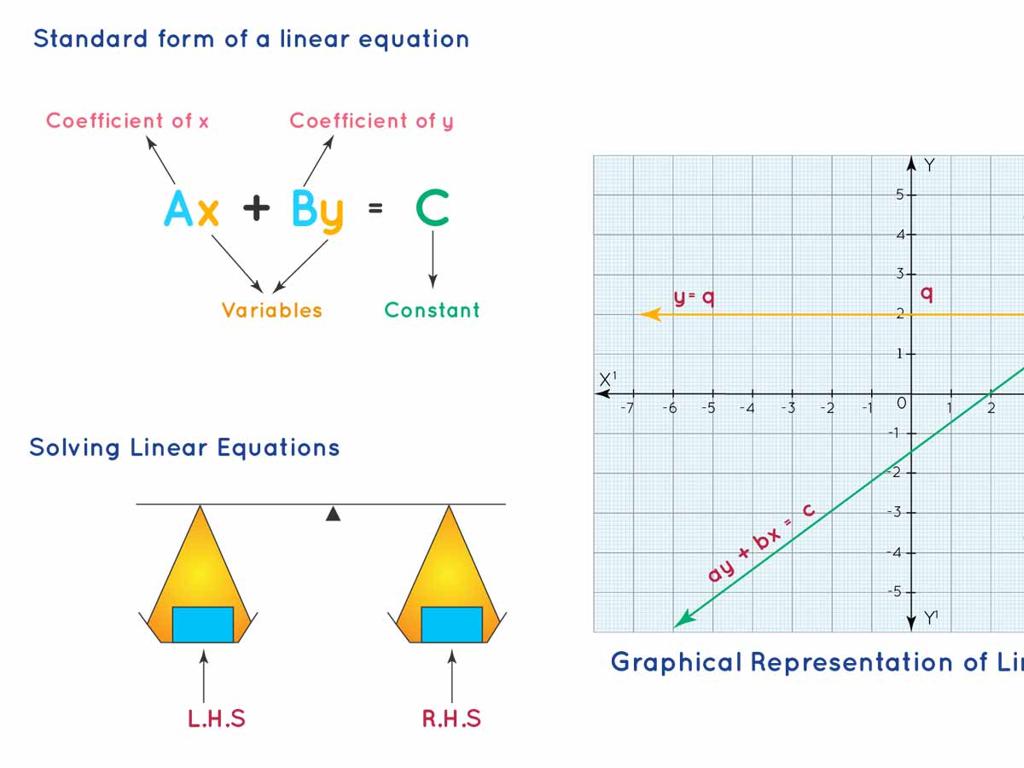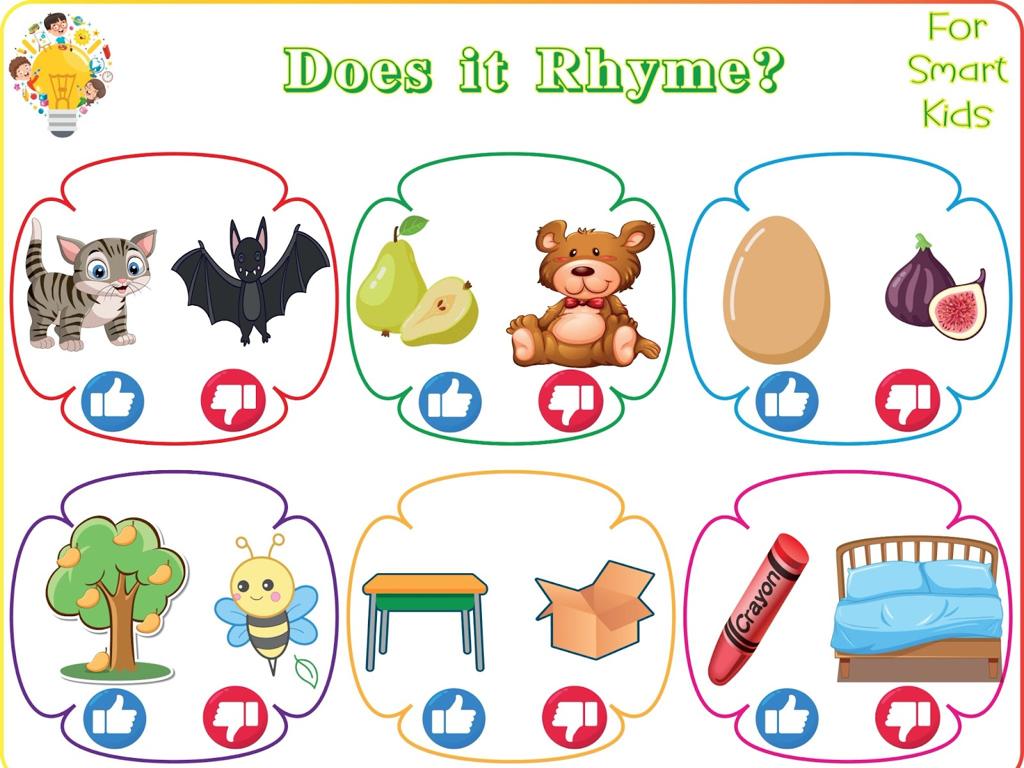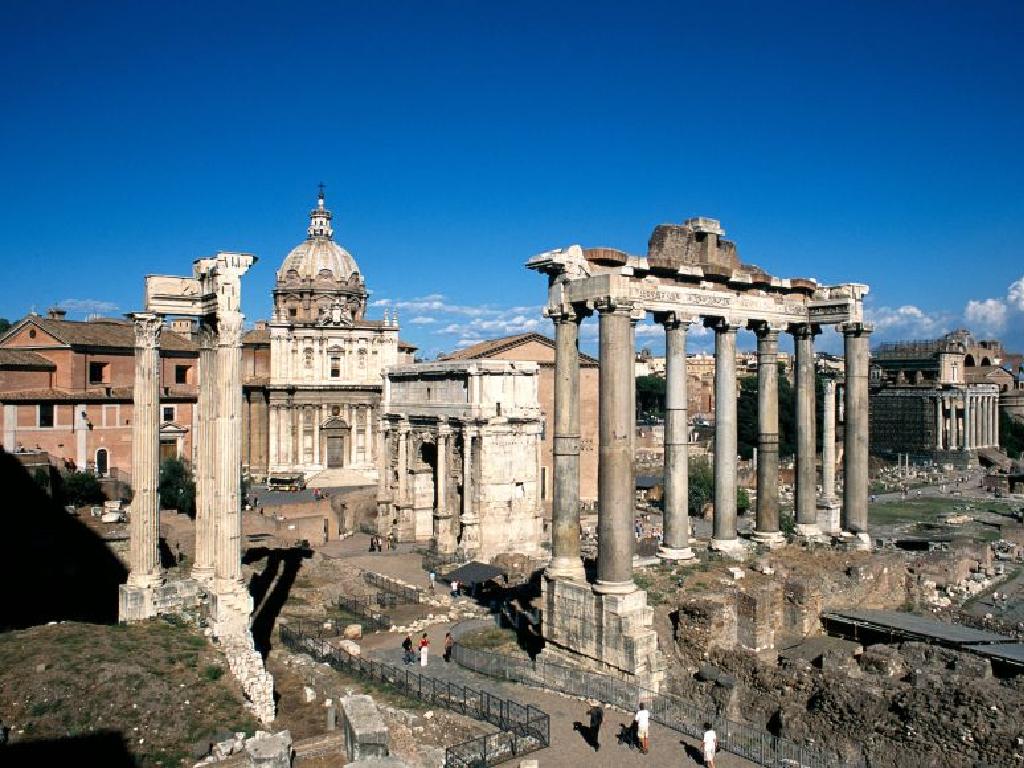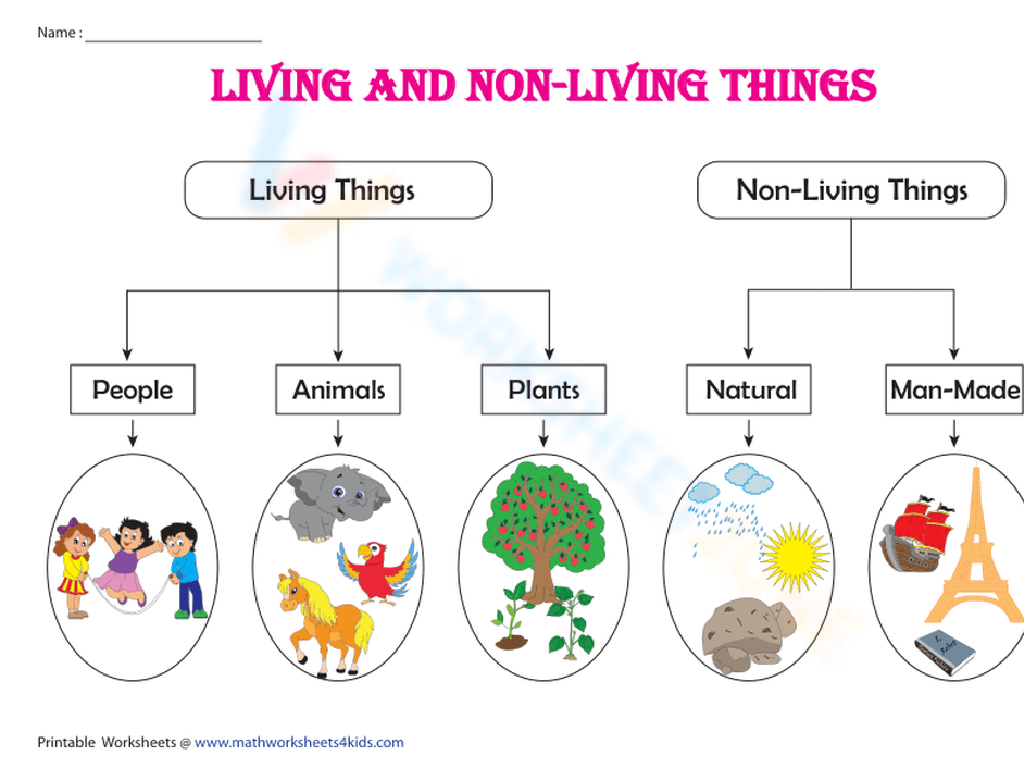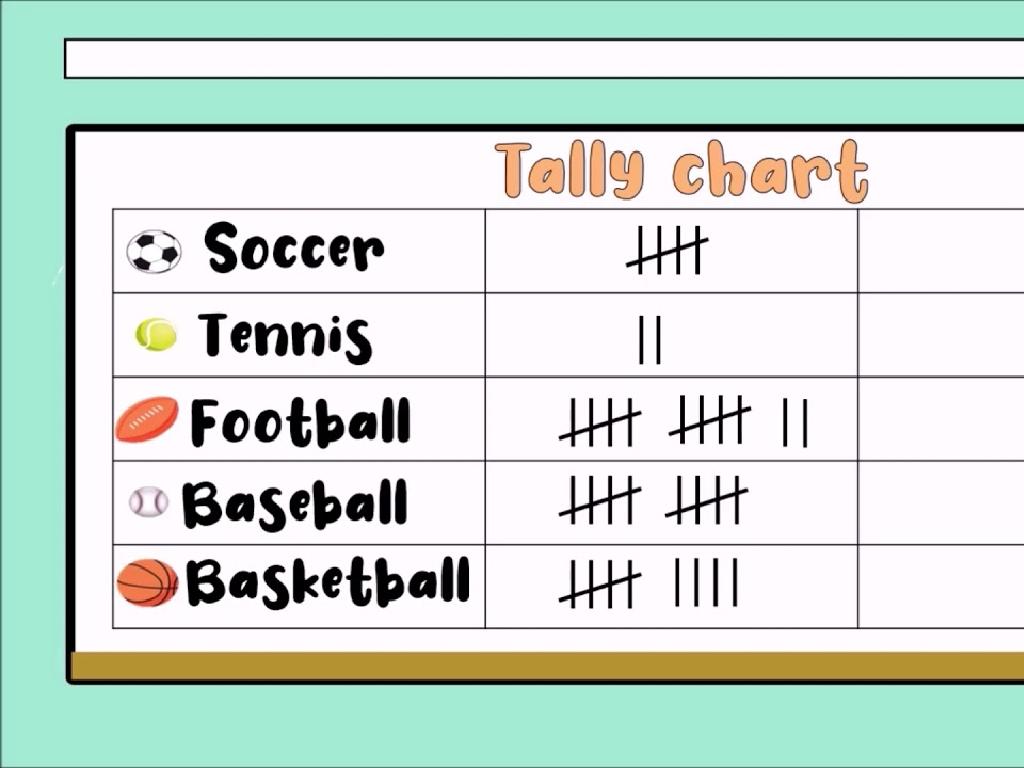World War I
Subject: Arts and humanities
Grade: High school
Topic: World History Project - 1750 To The Present
Please LOG IN to download the presentation. Access is available to registered users only.
View More Content
Introduction to World War I: The Great War
– Understanding the Great War
– Known as the Great War, it was a pivotal moment in world history.
– Overview of World War I: 1914-1918
– A four-year global war that reshaped borders and societies.
– Global impact of the conflict
– The war affected economies, politics, and demographics worldwide.
– Examining the aftermath
– Post-war treaties and reparations set the stage for future conflicts.
|
This slide introduces students to World War I, emphasizing its significance as a transformative event in global history. Begin by explaining why it was called the Great War and its unprecedented scale and devastation. Provide an overview of the key dates, major players, and the war’s progression from 1914 to 1918. Discuss the global impact, including the war’s role in redrawing borders, altering economies, and influencing international relations. Highlight the aftermath, including the Treaty of Versailles and the League of Nations, and how these contributed to the geopolitical landscape of the 20th century. Encourage students to consider the long-term effects of the war on modern society and the arts.
The Causes of World War I
– M.A.I.N. causes explained
– Militarism, Alliances, Imperialism, Nationalism as key factors
– Assassination of Archduke Ferdinand
– His death in 1914 sparked a chain of events
– Domino effect and war outbreak
– One event led to another, pulling nations into war
– Global impact of the conflict
|
This slide aims to introduce students to the complex causes of World War I, focusing on the M.A.I.N. acronym to simplify the understanding of Militarism, Alliances, Imperialism, and Nationalism. Discuss how the arms race and military preparedness created a tense environment. Explain the intricate web of alliances that bound countries to defend each other. Touch on imperialism and competition for colonies, as well as the fervent nationalism that made countries eager to assert their dominance. Highlight the assassination of Archduke Franz Ferdinand as the immediate trigger of the war, and describe the subsequent ‘domino effect’ where one nation after another declared war due to their alliances, leading to a full-scale global conflict. Encourage students to consider how these causes could have been interlinked and to think about the long-term consequences of the war.
Major Players and Alliances in WWI
– Allied vs. Central Powers
– The Allies included the UK, France, Russia, and later the US; the Central Powers consisted of Germany, Austria-Hungary, and the Ottoman Empire.
– Influential leaders of WWI
– Figures like Kaiser Wilhelm II, Tsar Nicholas II, and Woodrow Wilson played significant roles.
– Alliances’ impact on war
– Alliances led to a domino effect, pulling nations into the conflict.
– Activity: Research a leader
– Choose a WWI leader, explore their impact, and present findings.
|
This slide introduces students to the complex web of alliances and key figures that shaped World War I. Discuss the formation of the Allied and Central Powers, highlighting how the interlocking system of alliances led to the escalation of a regional conflict into a full-scale world war. Emphasize the roles played by leaders and how their decisions influenced the course of the war. For the activity, students should research a leader of their choice, understand their role in the war, and be ready to discuss how their actions affected the war’s outcome. This will help students grasp the human element behind historical events and the interconnectedness of global politics during the era.
Life in the Trenches During World War I
– Daily routines of frontline soldiers
– Soldiers faced a strict schedule, including ‘stand-to’, maintenance, and rest periods.
– Trench warfare’s toll on soldiers
– Long-term exposure led to ‘trench foot’, shell shock, and other ailments.
– Technological impacts on warfare
– Machine guns, poison gas, and tanks changed combat dynamics.
– Coping mechanisms in harsh conditions
|
This slide aims to give students a vivid picture of the harsh realities faced by soldiers during World War I. Daily life was a cycle of vigilance, maintenance, and brief rest, often under the threat of enemy fire. The psychological impact was profound, with many soldiers suffering from shell shock due to constant bombardment. Technological advancements, while improving military capabilities, also increased the lethality of the battlefield. Discuss the introduction of new weapons and how they necessitated changes in military tactics. Encourage students to reflect on the resilience of soldiers and the human capacity to adapt to extreme conditions.
Major Battles of WWI: Turning Points
– The Battle of the Marne’s impact
– First major clash on the Western Front, halting the German advance in 1914.
– Battle of Verdun’s significance
– One of the longest and bloodiest battles, symbolizing French determination.
– Battle of the Somme’s role
– Marked by massive casualties, it showed the grim reality of trench warfare.
– Shifts in war dynamics
– These battles marked shifts in military strategy and alliances.
|
This slide aims to highlight the pivotal moments in World War I that significantly altered its course. The Battle of the Marne is noted for preventing the quick German victory that was anticipated at the start of the war. The Battle of Verdun and the Battle of the Somme are infamous for their high casualty rates and the psychological toll on soldiers, which underscored the futility and devastation of trench warfare. These battles not only changed military tactics but also affected the morale and resolve of the nations involved. Discuss how these turning points led to new alliances and a shift in the balance of power, setting the stage for the eventual outcome of the war.
The Home Front During World War I
– Propaganda’s role in public support
– Propaganda used to boost morale and enlist soldiers
– War’s impact on economy and society
– Rationing, war bonds, and workforce changes
– Women’s wartime roles and contributions
– Women took on jobs vacated by men and served as nurses
|
This slide aims to explore the various aspects of the home front during World War I. Propaganda played a crucial role in maintaining public support for the war, often through posters and films that encouraged enlistment and national pride. The war effort led to significant economic and social changes, including rationing of food and materials, the purchase of war bonds to support the military financially, and a shift in the workforce as men went to fight and women filled their roles. Women’s contributions were vital, taking on traditionally male jobs and serving in medical capacities, which laid the groundwork for future social changes. Discuss the lasting impact of these shifts on post-war society.
The End of WWI and Its Aftermath
– The armistice of 1918
– An agreement to stop fighting, leading to the end of WWI on Nov 11, 1918.
– Treaty of Versailles’ impact
– Redrew European borders, imposed reparations, and set the stage for WWII.
– Long-term war consequences
– Political reshaping, economic hardship, and the rise of totalitarian regimes.
– Shaping the 20th century
|
This slide aims to summarize the conclusion of World War I and its lasting effects. The armistice, signed on November 11, 1918, marked the cessation of hostilities. The Treaty of Versailles, signed in 1919, had profound implications for the geopolitical landscape of Europe, including territorial changes and financial reparations that contributed to economic and political instability. The long-term consequences of the war included the emergence of new nations, shifts in power, and the conditions that led to World War II. The aftermath of WWI significantly influenced the course of the 20th century, setting the stage for future conflicts and shaping modern history. Students should understand the complexity of the war’s end and its far-reaching impact on subsequent events.
Reflections on World War I: Impact on Arts and Society
– WWI’s impact on art and literature
– Artists and writers expressed the grim realities of war, e.g., Wilfred Owen’s poetry.
– Shaping of the modern world
– Post-war, political and social changes led to the rise of new ideologies.
– Commemorating wartime sacrifices
– Memorials and literature honor the memory of those who served and sacrificed.
– Understanding the war’s legacy
|
This slide aims to encapsulate the profound effects of World War I on the arts and the modern world. Highlight how the war served as a catalyst for change in artistic expression, with many artists and writers like Wilfred Owen and Erich Maria Remarque depicting the brutal realities and disillusionment of the conflict. Discuss the war’s role in reshaping the political landscape, leading to significant social changes and the emergence of new ideologies that would shape the 20th century. Emphasize the importance of remembering the sacrifices made by millions, which are commemorated through memorials, literature, and art. Encourage students to reflect on the lasting legacy of WWI and its relevance to contemporary society.
Class Activity: Analyzing WWI Primary Sources
– Break into small groups
– Analyze primary source documents
– Examine letters, photos, official records
– Discuss perspectives and experiences
– Consider soldiers’ and civilians’ viewpoints
– Present and discuss findings
– How do these documents deepen our WWI understanding?
|
This activity is designed to engage students with hands-on learning by analyzing actual historical documents from World War I. Divide the class into small groups, ensuring a mix of abilities in each. Provide a variety of primary sources such as letters from soldiers, wartime photographs, and government records. Encourage students to consider the emotions, opinions, and experiences of the people from the past. After analysis, each group will present their findings, focusing on how these documents offer a deeper understanding of the complexities of WWI. Possible activities: one group could analyze propaganda posters, another could examine battlefield reports, a third could study personal letters from soldiers, and a fourth could look at newspaper articles from the time. This will help students develop critical thinking and analytical skills while gaining a personal connection to historical events.

